Waterproofing spray for outdoor adventures
The smartest way to use waterproofing spray and wash for tents, jackets and footwear! I usually get raindrops falling on my head, but since I waterproofed my gear, things...
read moreEveryone knows it: If the cozy piece of garden furniture made of acacia wood or the beautiful wooden table is not covered and brought into the dry in time before the thunderstorm pours, the sensitive surface is threatened by weathering quite quickly. However, before you reach for the next best wood preservative or paint and brush, you should do some research on the topic waterproofing of wood. This way, even as an inexperienced do-it-yourselfer, you will be able to recognize what is important when it comes to wood preservation and avoid annoying and, above all, costly mistakes.
The generic term wood waterproofing covers various wood protection methods. The aim of the various types of treatment is to protect the wood preventively against various organisms that could discolor or destroy the wood or – if an infestation is already present – to combat these damaging organisms. Preventive waterproof of wood should always be a priority. The waterproofing agents penetrates deep into the wood. It not only acts on the surface, but is also deeply effective: Protected is the wood from fungi, mold and weathering.
Get in touch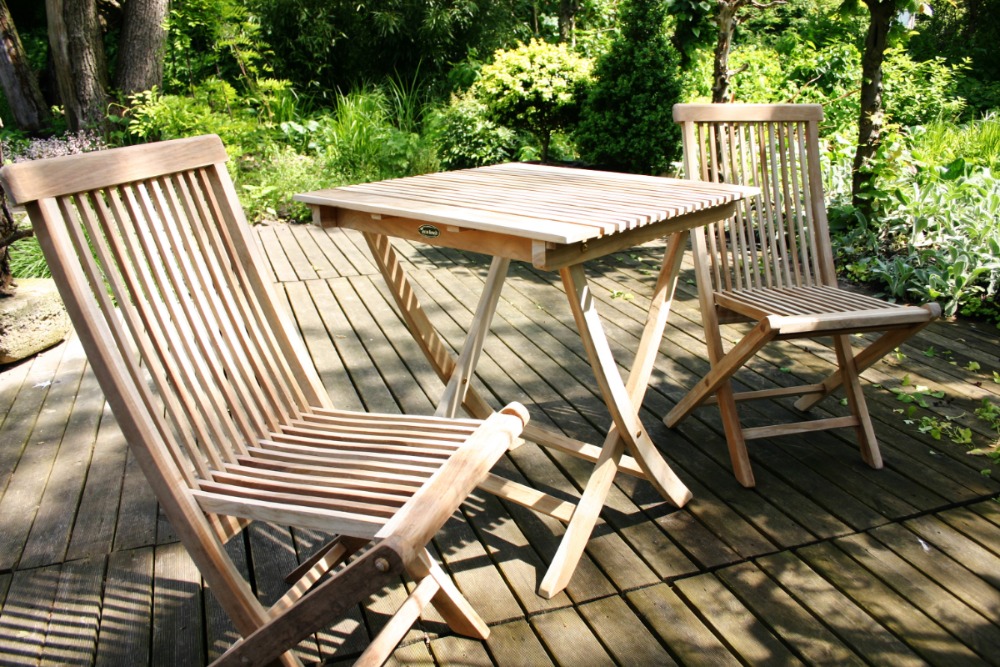
in the do-it-yourself process
Do-it-yourselfers who want to treat wood waterproof apply the wood preservative by painting or spraying. Such work does not require special equipment and exceptional craftsmanship.
However, before you set to work with fresh courage, you should learn about the individual steps and learn valuable tips to achieve a good result. This way you can be sure that the wood will remain attractive for a long time and fully serve its purpose
Get in touch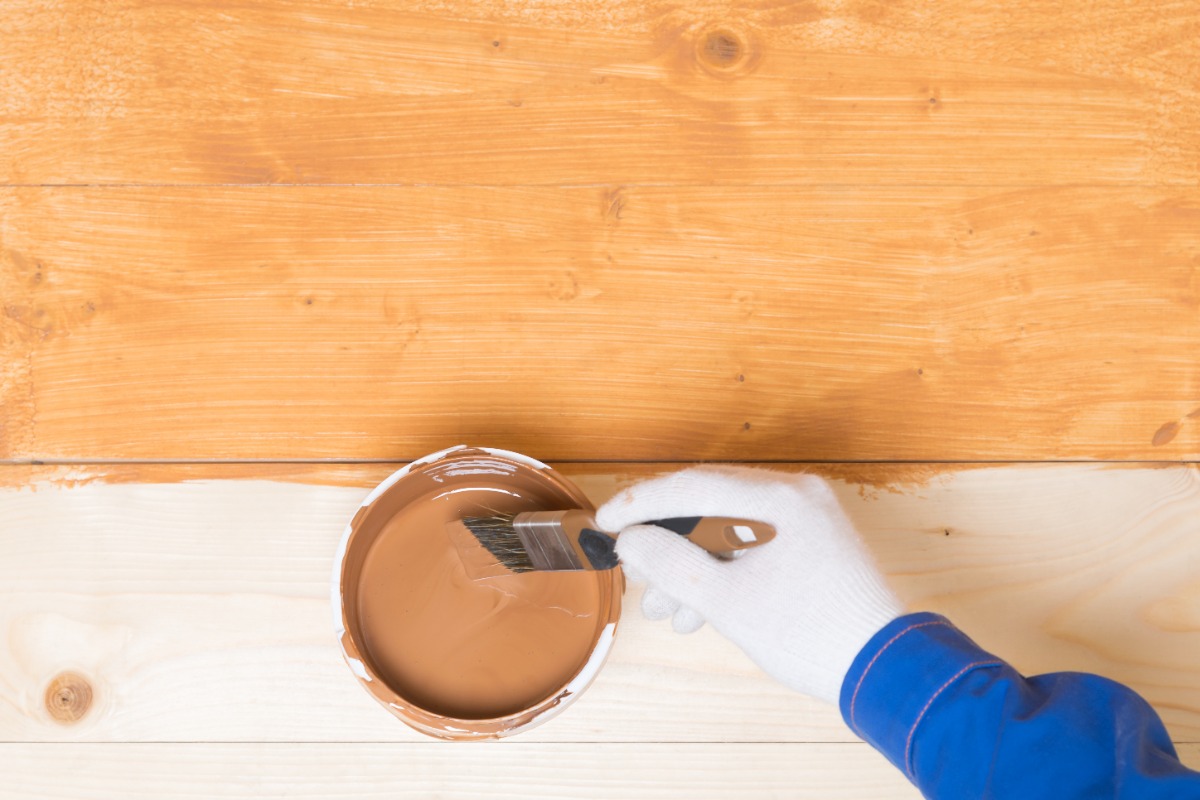
If you want to treat your garden furniture or other wooden parts outdoors waterproof, you should choose an area as shady as possible to carry out the work. UV radiation can cause changes in some wood preservatives while they are still fresh and not dried. waterproof Never wood in extreme outdoor temperatures! Frost and heat are detrimental at waterproof. A temperature range of 5 – 25 °C is optimal for the application of most agents. When selecting a brush, pay attention to the manufacturer’s labeling. Not every brush is recommended for glazes or paints containing special solvents.
Get in touch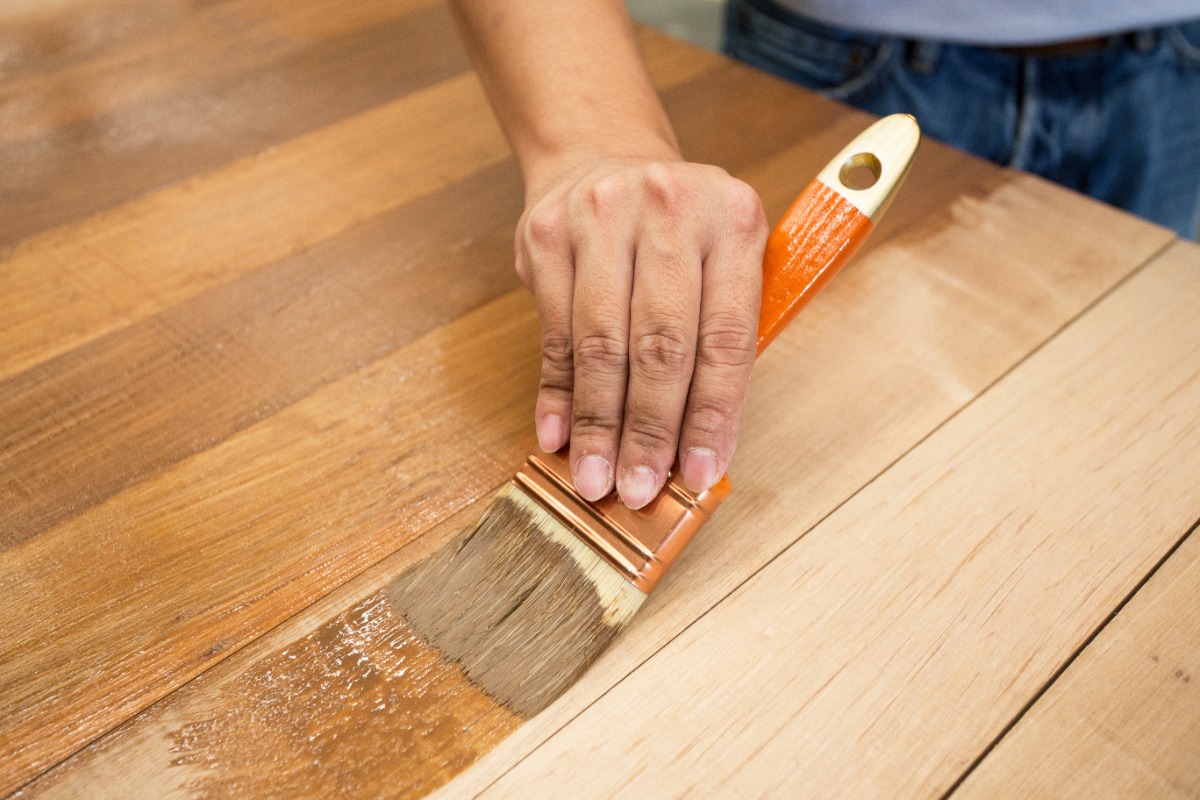
![]()
If untreated wood is exposed to water, water penetrates. Cracks and crevices are the result. waterproofing has a water-repellent effect and protects against signs of aging.
![]()
Like any surface, wood used outdoors is at risk of being exposed to an aging process due to UV rays. waterproofing acts like sunscreen here.
![]()
Wood is a robust natural material. Without bark and unprocessed, wood is quickly exposed to signs of aging. To preserve the resistance to wind, sun and rain, you only need to waterproof.
How long does waterproofing protect the wood? We are often asked this question, but it cannot be answered in a generalized way because the durability of a waterproofing is influenced by several factors. The protective effect varies from wood species to wood species and the ingredients of the wood preservative also play a role. Wood that is exposed to rain and sun without protection needs to be retreated after a shorter period of time than a garden chair, which is almost always under a protective roof.
The different types of wood used in the manufacture of garden furniture and in outdoor structures vary in their susceptibility to attack by blue stain fungi and damage from the elements. Spruce, fir and pine are particularly susceptible and must be carefully protected. Oak and robinia are considered particularly robust and resistant.
You want to learn more about the diversity of our waterproofing agents?
Get in touch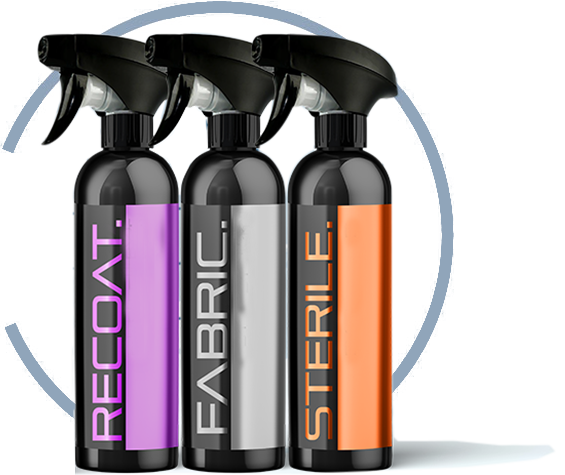
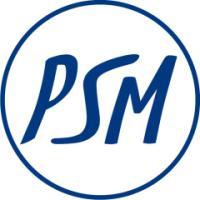

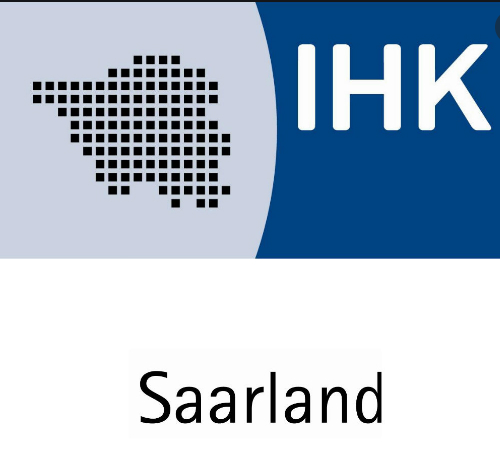

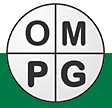


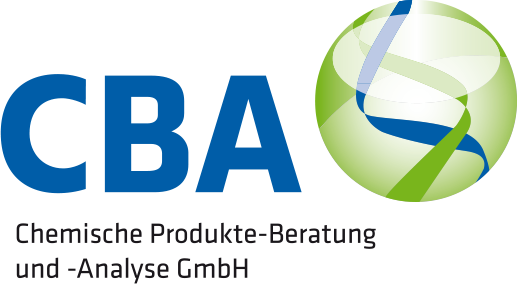



In practice, various methods are used to apply or insert wood preservatives onto wood. The deeper the wood preservative penetrates into the wood in the process, the more effective the protection achieved with the waterproof. The depth of penetration depends on the method chosen and the type of wood being impregnated. In addition to painting and spraying, which is preferred by most hobby craftsmen, there are other methods for wood waterproofing, some of which we will briefly introduce to you.
Dipping involves placing the wood completely in a tub filled with wood preservative for a few minutes to several hours. With an exposure time of a few minutes, a penetration depth is achieved that is comparable to the effect to be achieved when painting. With longer exposure times, the penetration depth can reach several millimeters. This process is mainly used in the professional sector. For small quantities, the relatively high demand for wood preservative would be uneconomical.
Get in touch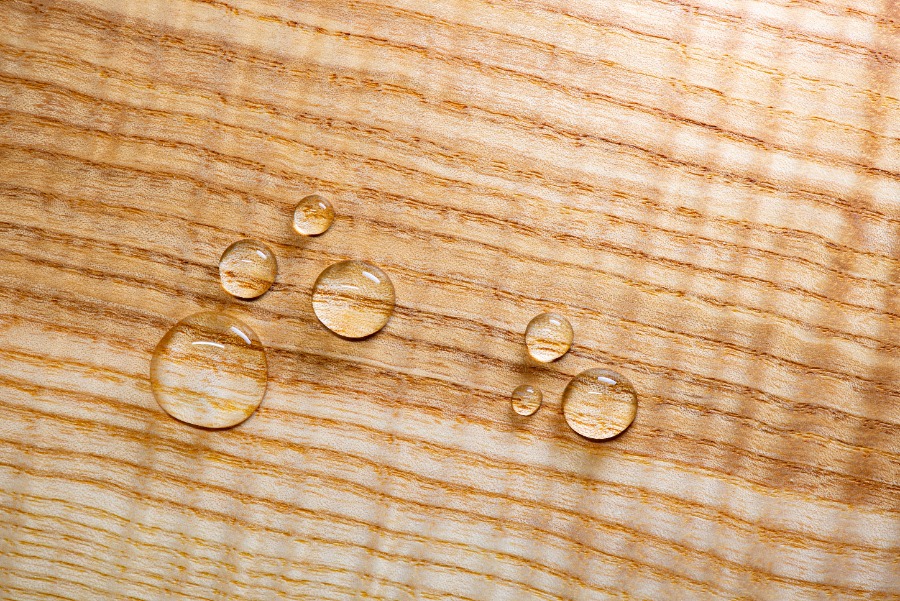
In this process, the wood is bathed alternately in hot and cold wood preservative. When the wood is in the hot bath, the air inside the wood part expands. When changing to the cold bath, there is a soaking effect that promotes penetration of the wood preservative. Penetration depths of 30 – 50 mm can be achieved with the Hot-cold waterproofing.
Get in touch

This process is based on the diffusion principle. In this case, the wood preservative is not liquid, but pasty. It is applied to the wood surface on undried wood. The treated wood is stacked tightly and carefully covered. It is left like this for up to 3 months so that the wood preservative diffuses into the interior of the wood and develops its protective effect.
Get in touch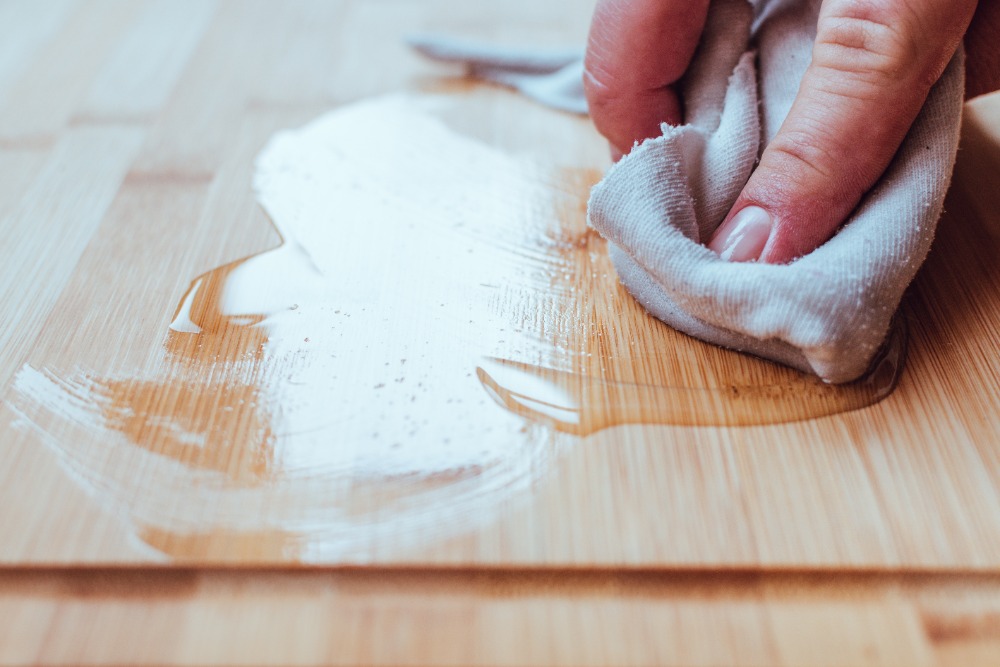
The wood preservation technologies described so far are pressureless processes. In the industry, the waterproofing agents is often forced into the wood at high pressure (up to 10 bar). In this way, a more even distribution of the impregnating agent can be achieved in most cases than with pressureless processes. Not every type of wood is suitable for waterproof with pressure. Larch and Douglas fir wood is only suitable to a limited extent for the pressure waterproofing. This process cannot be used for spruce and fir wood.
Get in touch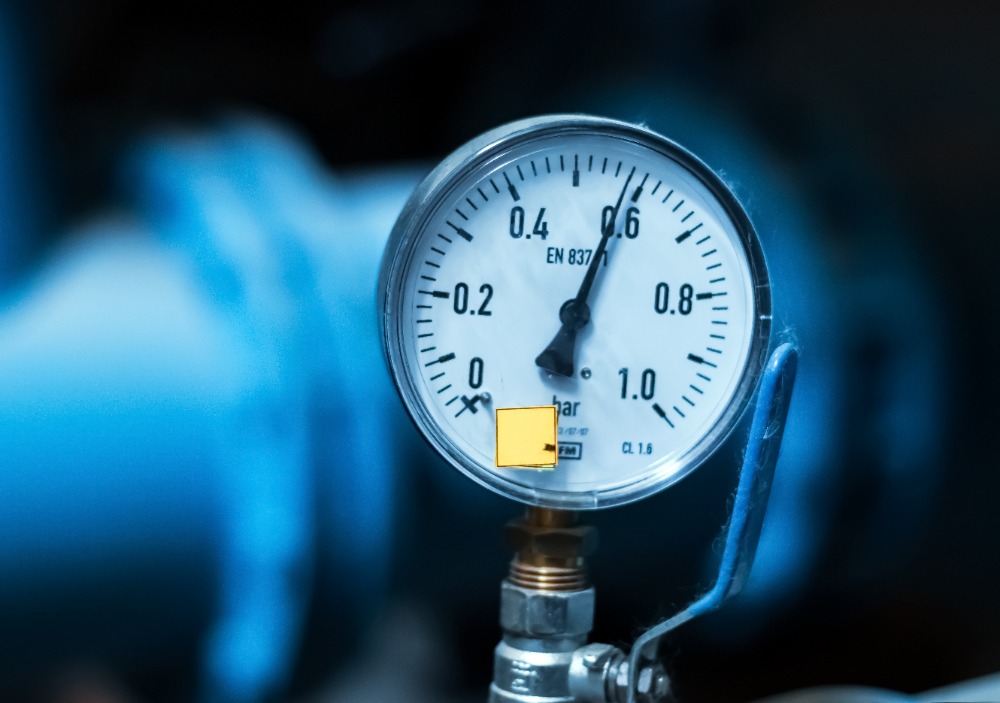

We were looking for an innovative company that could provide modern solutions in different business areas. Nano Care took the time to understand who we are as a company and the market in which we operate. So far, we have worked with their building and textile protection products, Dura ceramic coatings for automobiles, and the revolutionary Liquid Guard antimicrobial coating. The feedback we receive from our customers is more than satisfactory. We wholeheartedly recommend working with Nano Care and implementing their solutions.
Grigor Mihov , CEO Nano Coat Bulgaria
As Nano-Care AG sales partner in the international aviation market, we were able to successfully qualify and list the product with the Liquid-Guard technology by AIRBUS as the first product of this kind for the protection of surfaces against viruses and germs in all cabins.
The Liquid-Guard technology for surface coating is a proven result of scientific innovation “Made in Germany”, which will not only currently, but also in the future, play an important role in the protection of our health.
The service and the professional, scientific support as well as the cooperation for us as partners of Nano Care AG, we can only rate as outstanding and exemplary in every respect.
In particular, we would like to thank Dr. Fabienne Hennessen for her work.Jörg Schukies , AIRDAL GmbH / Decorative Products GmbH; Quality System Manager / Quality Auditor
A very professional team!
Nanocare is a reputable company with excellent products, probably the best nanoproducts on the market.
They have been a reliable partner for many years.Toni Jacquot, NanoProtection, France
The smartest way to use waterproofing spray and wash for tents, jackets and footwear! I usually get raindrops falling on my head, but since I waterproofed my gear, things...
read moreThis spray allows any type of bacteria to be killed on surfaces for a period of more than a year – even the “superbugs”! Every year we hear about...
read moreA hype or a profitable investment? Field report on ceramic sealants for cars The internet is full of questions like, “What is the best ceramic coating?” or “Are nano-ceramic...
read more